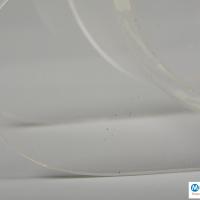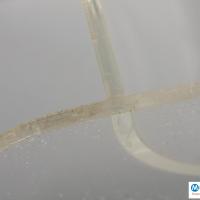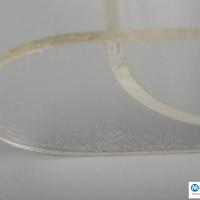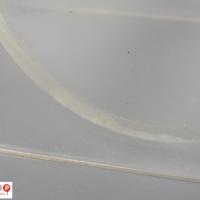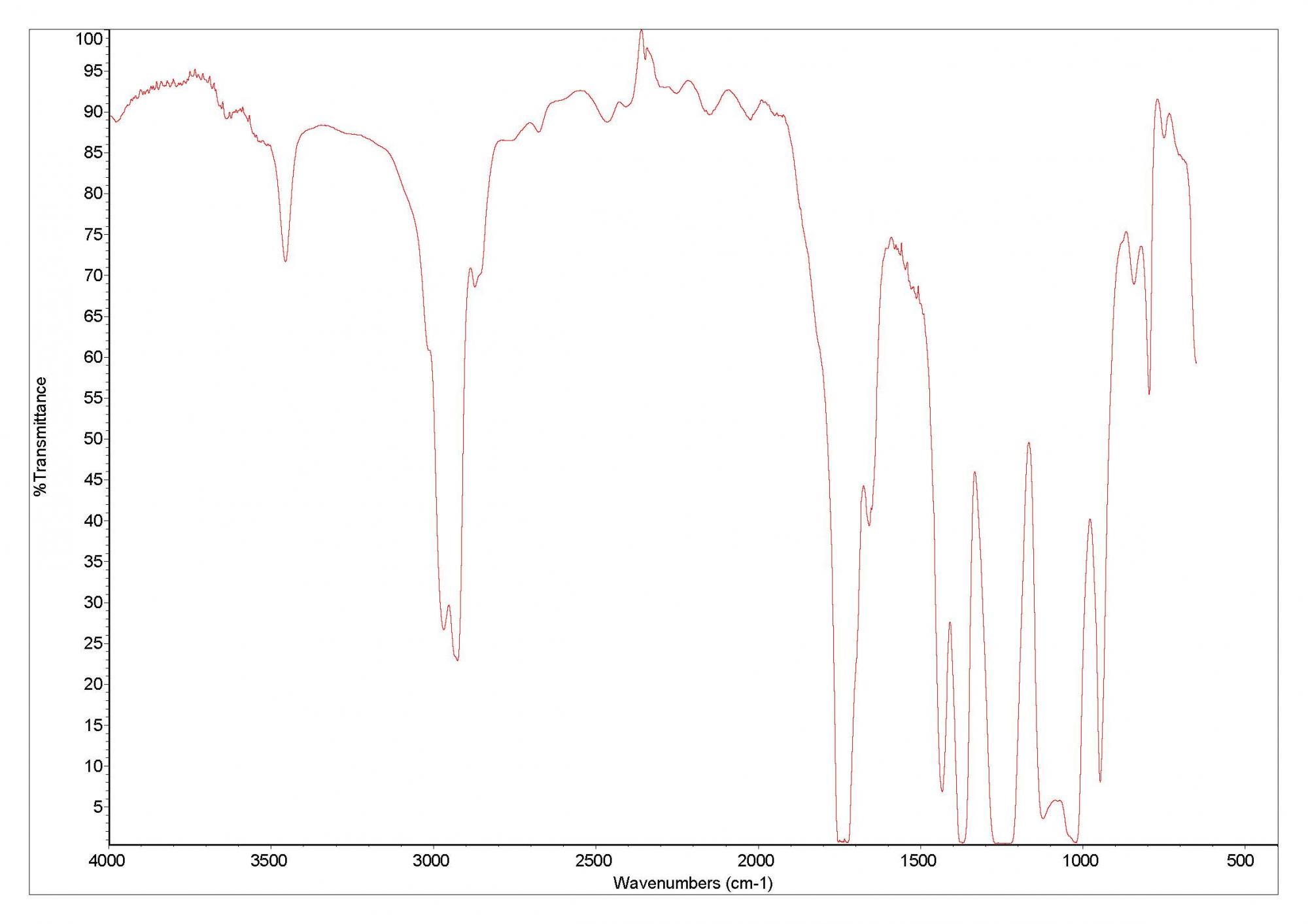
Common trade names for PMMA are Perspex and Plexiglass.
Dressing table trinket box, 1930s
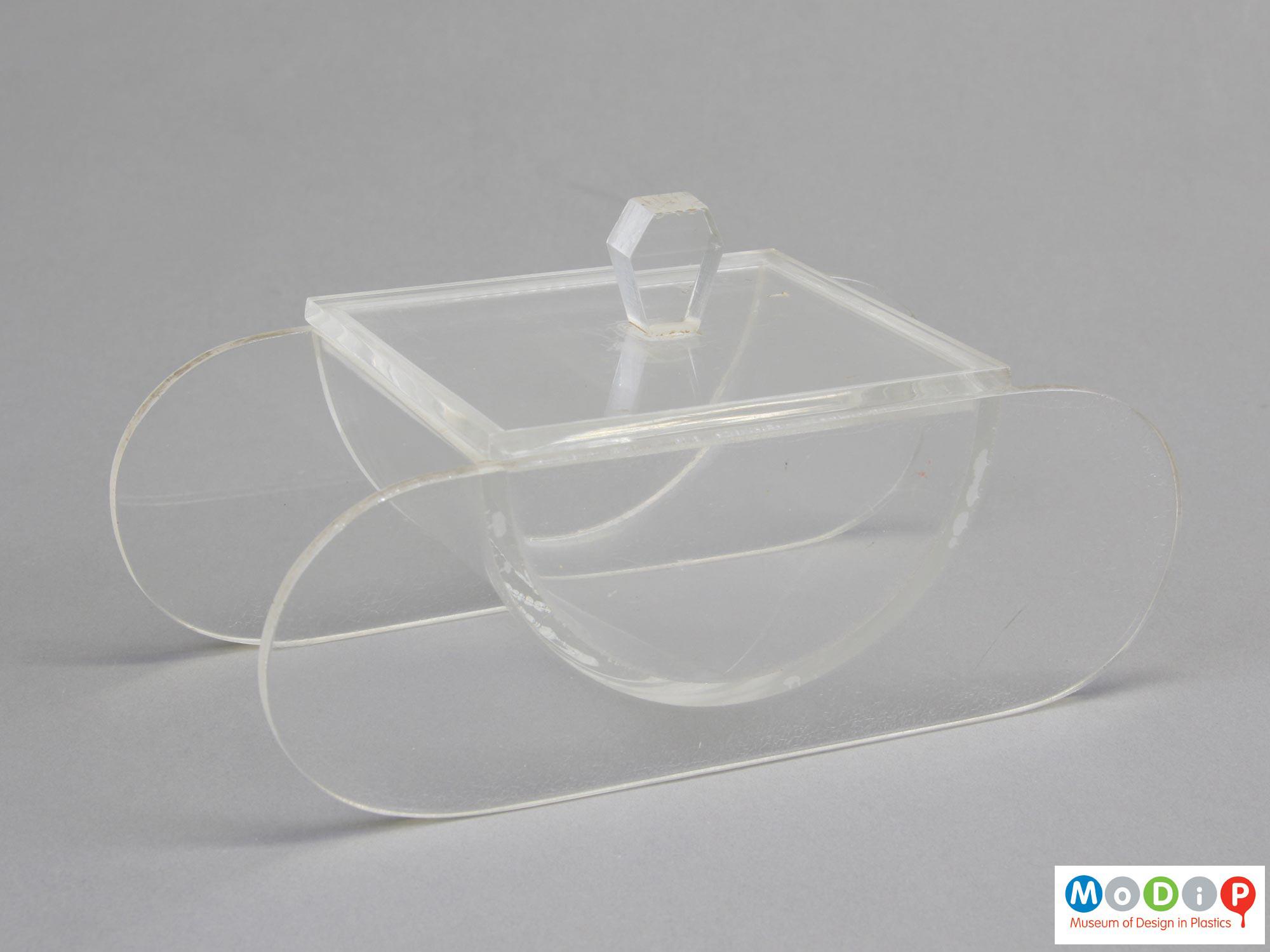
Source
MoDiP.
History
Acquired from a market and thus will have been used.
Material
Entirely made of the featured material, polmethyl methacrylate.
Degradation
Polymethyl methacrylate is a very stable material however here it is crazed. This occurs especially where the sheet has been cut and is likely to be the result of stress. Some crazing is likely to have happened immediately but it will also have increased with the passing of time.
The materials has also discoloured: it is slightly yellow.
The lid's knob is detached. This has happened since the box has been in the MoDiP collection. Analysis of the adhesive shows it was stuck with PVA. The traditional way of bonding polymethyl methacrylate is with solvent. The use of PVA suggests it was a mend undertaken before it entered the museum.
Degradation typical of the material not visible in this example
None, however the surface is very easily scratched and the use of solvent would also cause surface damage.
Treatments
The damage cannot be reversed. It is extremely difficult to stick this material together. Any re-adherence of the knob would be cosmetic rather than structural. Only a soft, lint free cloth should be use to clean the surface. A specialist conservator should be consulted before any treatment is undertaken.
Display and storage
Follow standard practice: keep in a stable environment and, when not on display, in the dark.

